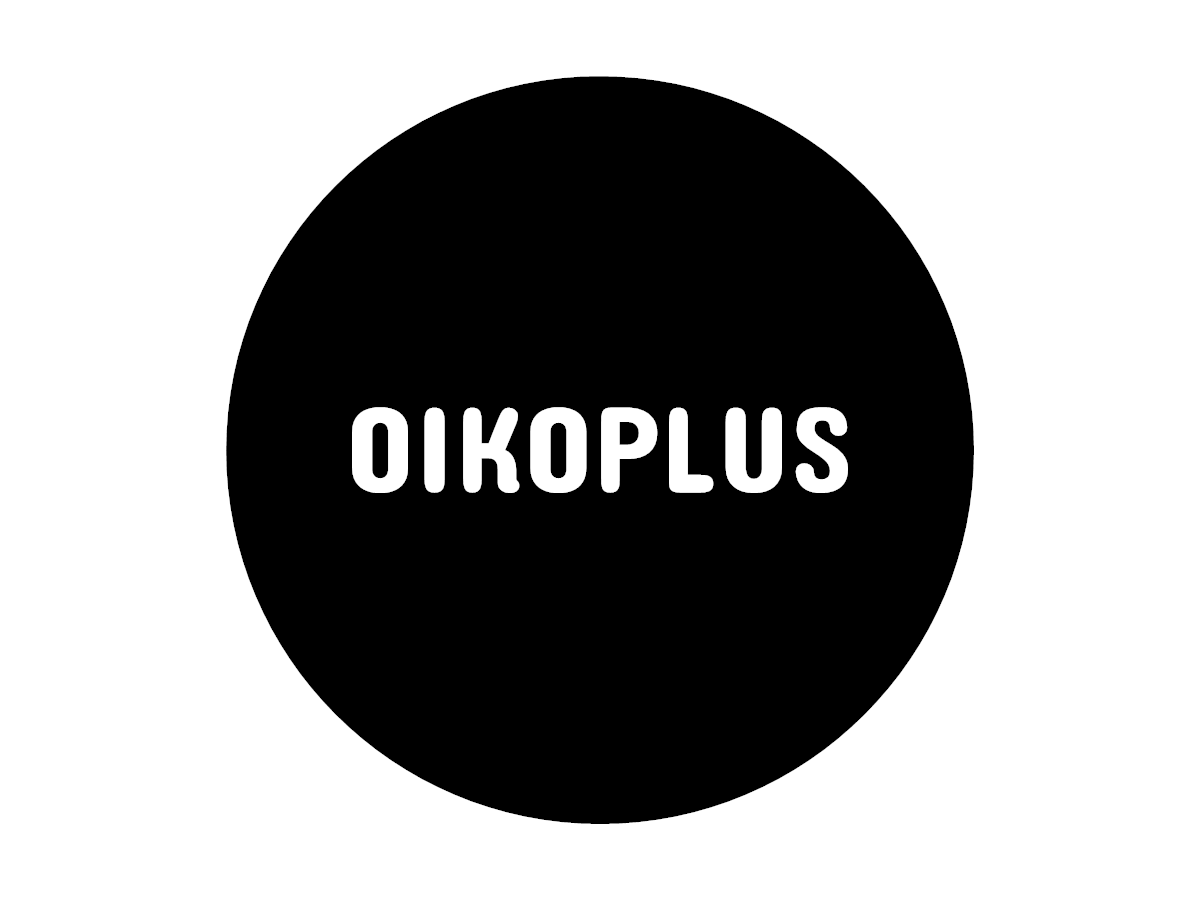2020 was the year of science communication, one might think. When has there ever been such intense public discussion about epidemiology and public health issues as in the year of the Sars-CoV-2 pandemic? The Coronavirus Update of the Norddeutscher Rundfunk NDR became the most listened to German podcast right from the start. Its main protagonist, the virologist Christian Drosten, explained in a recent interview on the occasion of being awarded the Klartext Special Prize for Science Communication how important he considers the communicative role of scientists. A conversation worth reading.
Proper communication is not only important in the communication between research and society, but also within scientific communities. A study identified a gender gap several months ago. Male researchers communicate their research more forcefully than their female colleagues. This was reported in the Katapult magazine.
The described problem of gender inequality in the communication of science is probably not the only communication problem science has. Otherwise, political decisions would have to be made much more often on the basis of evidence, wouldn’t they? But a simple causal chain between scientific evidence and political decision making is extremely rare. Sometimes it is even difficult to find even one correlation. However, especially in the year of the coronavirus pandemic, there is a call for political measures based on scientific evidence. When policy is scientifically based, this is particularly noticeable when it is openly discussed. For example, the famous concept “The Hammer and the Dance” for coronavirus containment. When did a scientifically based policy concept last become so famous so quickly? It’s worth taking a look at how it came about that political personnel in countries around the globe adopted the hammer and the dance strategy so quickly for their communication. Presumably this is also to some extent related to the catchy headline of Tomas Pueyo’s text. His text “The Hammer and the Dance”, which was read and shared by millions within a very short time in spring 2020, was originally supposed to be called “The Lockdown and the Release”, as he himself recently described on Twitter. There he also published the basic ideas of his famous text in bullet point form. An interesting and historical example of science communication that caused political impact, which also shows that successful science communication does not necessarily have to be done by scientists themselves.
For many topics, knowledge-based decision making does not seem to be the most politically obvious basis. No wonder. Science and politics do not follow the same logic. And it’s not as if science constantly produces incontestable truth. A text worth reading that looks at the difficulties of evidence-based politics appeared on the Rand Corporation blog in May.
From our projects
At this point we give a monthly insight into the work of Oikoplus.
The Archeodanube project, in which Oikoplus is involved together with the association Sustainication e.V., is concerned with strategies for sustainable archaeology tourism (“Archeotourism”) in the Danube region. Here you can find the current project newsletter.
And in the SYNCITY project, we are working with a number of Belgian partners on participatory concepts for the development of the Cureghem district of Brussels. We report on the project in the Cureghem Tales.


